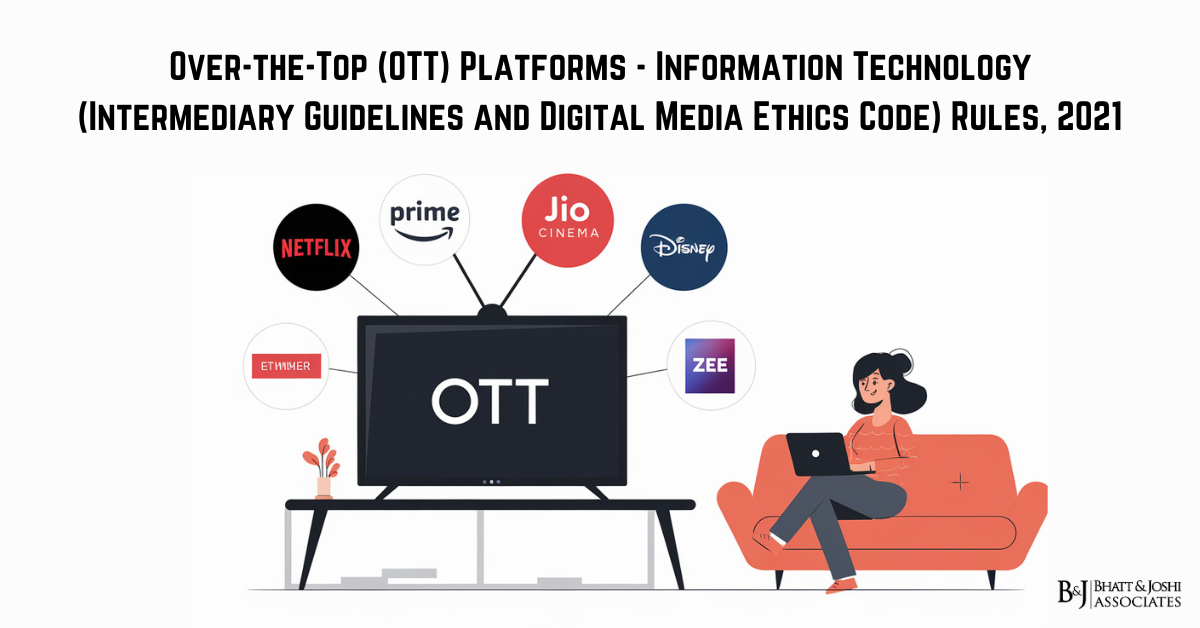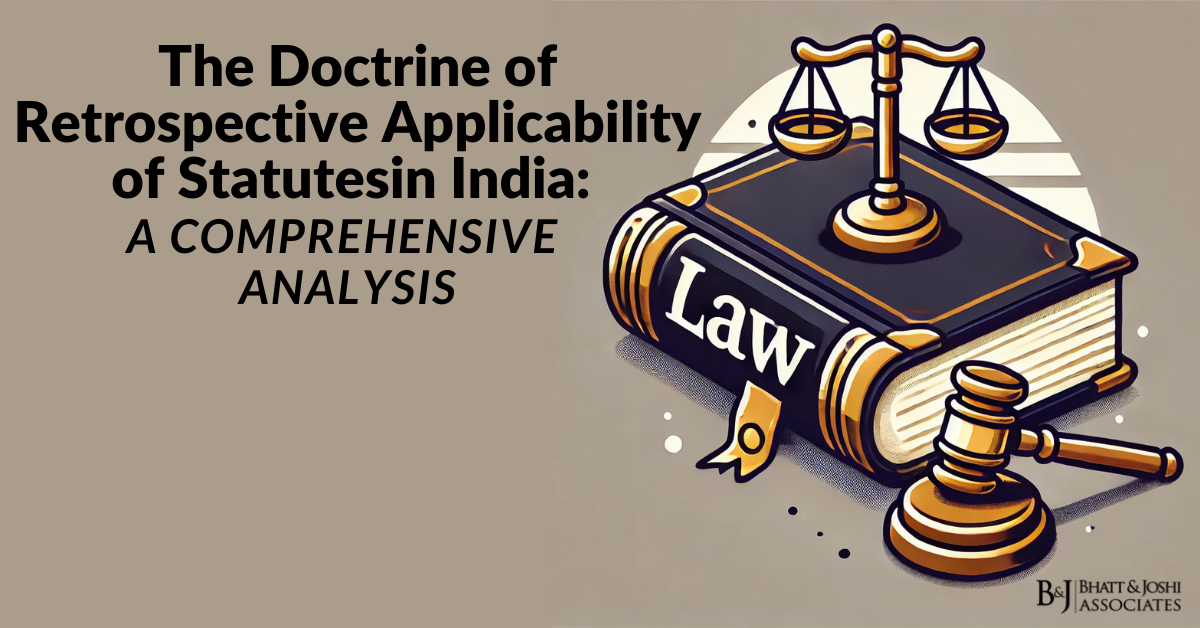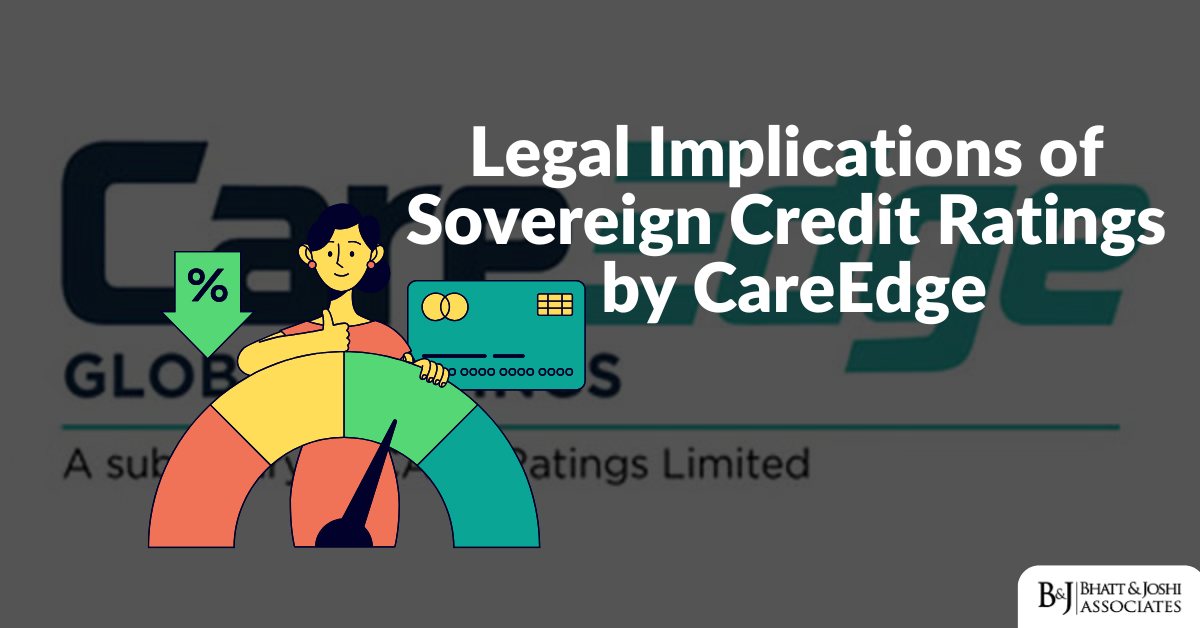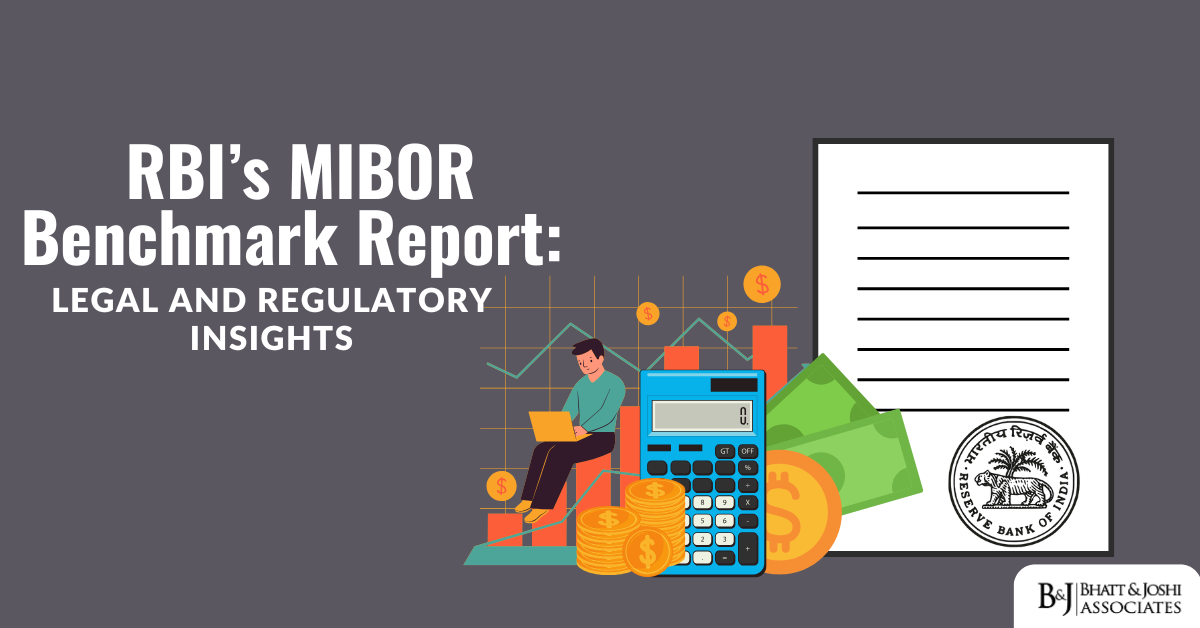Introduction
Over-the-top (OTT) platforms have become a dominant force in the media and entertainment sector, offering users the ability to stream content directly through the internet, bypassing traditional cable or satellite television services. The rise of platforms such as Netflix, Amazon Prime, Hotstar, and others has revolutionized content consumption in India. However, with the growing influence and reach of OTT platforms, concerns around content regulation, user privacy, and compliance with local laws have emerged. To address these concerns, the Government of India introduced the Information Technology (Intermediary Guidelines and Digital Media Ethics Code) Rules, 2021, bringing OTT platforms under the purview of regulatory oversight.
This article explores the regulation of OTT platforms under the 2021 IT Rules, detailing the legal framework and discussing key judgments that have shaped the enforcement and interpretation of these rules.
The Information Technology (Intermediary Guidelines and Digital Media Ethics Code) Rules, 2021 (hereafter referred to as the IT Rules, 2021) represent a significant shift in the regulation of digital platforms, including OTT services. These rules were introduced under the Information Technology Act, 2000, which provides the statutory foundation for the regulation of online intermediaries, digital media platforms, and OTT services.
- Overview of the IT Rules, 2021
The IT Rules, 2021 provide a comprehensive framework for regulating digital platforms, including OTT services, social media intermediaries, and digital news media. The Rules aim to promote accountability and transparency in the digital ecosystem while ensuring that content hosted on OTT platforms complies with Indian laws and cultural sensitivities.
- Rule 3 of the IT Rules, 2021 specifies that OTT platforms must adhere to a code of ethics, which includes a three-tier grievance redressal mechanism. This code ensures that users have a platform to raise concerns about offensive or illegal content, and it obligates OTT platforms to respond to these complaints within a specified timeline.
- Rule 4 outlines the compliance requirements for OTT platforms, mandating them to appoint a grievance officer, a nodal officer, and a chief compliance officer, all of whom must be Indian residents. These officers are responsible for addressing grievances, ensuring compliance with the rules, and liaising with law enforcement agencies when required.
- The Three-Tier Grievance Redressal Mechanism
One of the most significant features of the IT Rules, 2021, is the establishment of a three-tier grievance redressal mechanism for digital content platforms. This mechanism is designed to address user complaints about content hosted on OTT platforms:
- Tier 1: Self-regulation by OTT platforms
The first level of grievance redressal involves the OTT platform itself. Each platform must establish an internal grievance redressal mechanism, appoint a grievance officer, and resolve user complaints within 15 days. - Tier 2: Self-regulatory body
The second level involves an industry-level self-regulatory body. OTT platforms can form associations and create a self-regulatory organization (SRO) to monitor content and ensure that platforms adhere to the prescribed code of ethics. - Tier 3: Oversight by the Government
The final level of redressal is governmental oversight. If a complaint is not resolved at the platform or SRO level, it may be escalated to an inter-ministerial government committee. This committee has the authority to issue directives to the platform, including orders to modify or remove content.
- Censorship and Content Classification
OTT platforms must classify their content into five categories based on age suitability, following the guidelines laid down in the IT Rules, 2021. This classification includes U (Universal), U/A 7+, U/A 13+, U/A 16+, and A (Adult), similar to the classification system used by the Central Board of Film Certification (CBFC) for films.
- Rule 5 of the IT Rules mandates that OTT platforms display age ratings, content descriptors (such as violence, sex, or language), and implement parental controls to ensure that age-inappropriate content is not accessible to minors.
Legal Implications and Key Judgments
The introduction of the IT Rules, 2021 has prompted several legal challenges, particularly from digital platforms, OTT services, and civil society groups. The following sections explore key legal cases and judgments that have shaped the regulation and interpretation of the IT Rules.
- Challenge to the IT Rules, 2021: Live Law Media Pvt Ltd. v. Union of India (2021)
One of the first legal challenges to the IT Rules, 2021, was brought by digital media platforms in the Live Law Media Pvt Ltd. v. Union of India case. Petitioners argued that the IT Rules infringe on the freedom of speech and expression guaranteed under Article 19(1)(a) of the Indian Constitution. They contended that the three-tier regulatory mechanism, especially the oversight committee at the government level, amounted to censorship and could be used to suppress dissenting voices.
- The petitioners further argued that the requirement for OTT platforms to implement content classification and the compliance obligations imposed on them were overly burdensome and lacked clarity.
- Court’s Observation: While the case is still pending adjudication, the Bombay High Court issued an interim order in August 2021, staying certain provisions of the IT Rules, specifically those concerning governmental oversight of digital news platforms and OTT services. The court observed that these provisions might have a “chilling effect” on free speech.
- Justice for Rights Foundation v. Union of India (2020)
In the prelude to the IT Rules, 2021, a public interest litigation (PIL) was filed by the Justice for Rights Foundation in 2020, calling for the regulation of content on OTT platforms. The PIL sought to establish a regulatory framework akin to that of television and film certification boards, arguing that OTT content often crossed boundaries of decency and morality.
- Judgment: The Delhi High Court ruled that while OTT platforms offer creative freedom, they must operate within the bounds of law. The court emphasized the need for a regulatory framework, which ultimately paved the way for the introduction of the IT Rules, 2021. The court acknowledged that while artistic expression should not be unduly curbed, there must be safeguards against offensive and illegal content.
- Tandav Web Series Controversy (2021)
The controversy surrounding the Amazon Prime series Tandav in 2021 brought significant attention to the regulation of OTT content. Several complaints were filed against the series, alleging that it hurt religious sentiments. Following these complaints, the government directed Amazon Prime to remove certain scenes from the series.
- Judicial Intervention: The Supreme Court, in Amazon Prime v. Union of India (2021), refused to grant interim relief to the platform and its creators, holding that OTT platforms must comply with local laws and regulations. The court remarked that freedom of expression does not extend to the dissemination of content that offends religious or cultural sentiments.
Compliance Requirements for Over-the-Top (OTT) Platforms
OTT platforms operating in India must adhere to the compliance requirements set forth in the IT Rules, 2021. These requirements are aimed at promoting transparency, accountability, and adherence to local laws. Non-compliance can result in penalties, legal action, or suspension of services.
- Appointment of Compliance Officers
As per Rule 4, OTT platforms are required to appoint a chief compliance officer, a nodal officer, and a grievance redressal officer. These officers must reside in India and are responsible for ensuring that the platform complies with the IT Rules and local laws.
- The Chief Compliance Officer (CCO) ensures that the platform adheres to the provisions of the IT Rules and acts as a point of contact for law enforcement agencies.
- The Grievance Redressal Officer handles user complaints related to content, addressing issues such as offensive material, user privacy violations, and illegal content.
- Obligations Concerning User Privacy
OTT platforms collect and process large volumes of user data, including viewing habits, preferences, and personal information. Rule 3(1)(j) of the IT Rules mandates that platforms publish a privacy policy that informs users of the types of data collected and the purpose of its collection.
- Platforms must also ensure that user data is protected from unauthorized access or disclosure. Non-compliance with data protection standards can result in penalties under the Information Technology Act, 2000.
Enforcement and Penalties for OTT Platforms
The IT Rules, 2021 empower the government to take strict action against OTT platforms that fail to comply with the prescribed guidelines. The penalties for non-compliance can range from financial penalties to more severe actions, such as the blocking of the platform under Section 69A of the IT Act.
- Case Law Reference: In WhatsApp LLC v. Union of India (2021), the Delhi High Court upheld the government’s right to take punitive action against digital platforms for non-compliance with Indian laws, reaffirming that platforms must adhere to local laws while operating in the country.
Conclusion
The regulation of OTT platforms under the Information Technology (Intermediary Guidelines and Digital Media Ethics Code) Rules, 2021 marks a significant shift in India’s approach to digital content regulation. While the rules aim to promote accountability and transparency, they have also sparked debates around censorship, artistic freedom, and the right to privacy. As the legal challenges to the IT Rules continue to unfold, the future of OTT regulation in India will depend on how the courts balance the need for oversight with the protection of free speech and creative expression.














